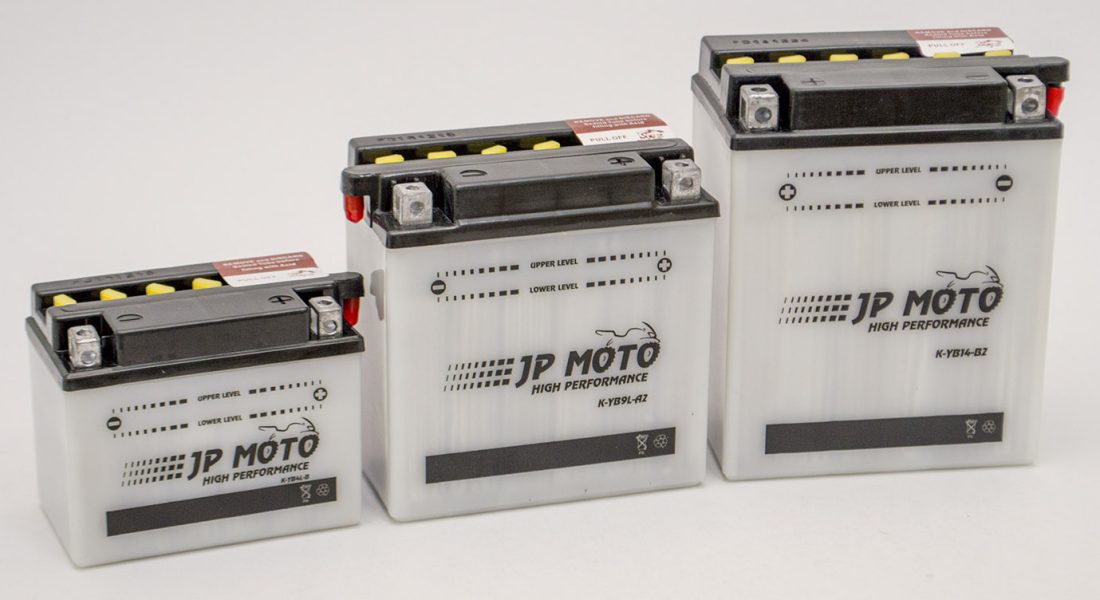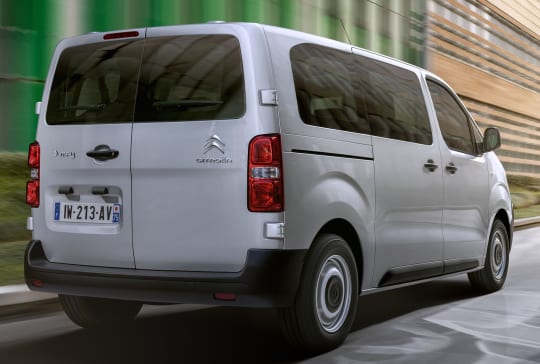
How to choose a motorcycle battery? Consulting and buying guide on Motobluz
Buying Guide

How to choose the right motorcycle battery
And you, what do you know about your battery? Attached to all of our engines, this mysterious plastic cube is nevertheless the starting point of our passion. This guide aims to give you all the keys to get to know, install, use and maintain your motorcycle battery better. Enjoy your reading and beware of short circuits!
A motorcycle battery is not just a chemical reaction between metal plates and the liquid they are immersed in. In this part, we will tell you all about this important part of your bike's electrical circuit.
The answer may seem obvious: start the bike, of course! However, this is not its only function. With each generation of motorcycles, we rely more and more on electrical energy. First, the supply of lighting components, then related to mechanics (injection, ABS unit, etc.), And finally, various peripheral devices (electronic meters, lighting) and other accessories (GPS, heating equipment, alarms, etc.) Etc.). The battery acts as a buffer when the generator does not supply or supplies too little current.
Apart from this consumption, which will be considered active, the battery also suffers from self-discharge. It is a constant and natural loss of a small amount of energy, day after day. Sometimes it only takes a few weeks for the battery to stay dry.
Because it is the operation of the engine that recharges the battery. The generator, driven by the crankshaft, sends new electrons to it. When it is full, the regulator prevents overloading.
The battery is a small fragile creature. Its main disadvantages:
- Cold
, first of all, it is the most famous criminal. A drop in temperature reduces the intensity of the chemical reaction responsible for generating current in the battery. Therefore, it is best to park the motorcycle away from the thermometer falling. And, by the way, dry, since moisture contributes to the oxidation of contacts, which has a detrimental effect on good electrical contacts.
- Short repeat trips are another important factor in degrading battery performance. The starter pumps its dose of juice every time you start, and the generator does not have enough time to charge the battery. Little by little, the supply of boosters shrinks like a skin of grief until the day the battery runs out and leaves you cold. If you do not have the opportunity to travel several tens of kilometers each time, you will periodically have to resort to the services of a charger. This is necessary for a safe and secure departure the next morning.
- Electrical accessories are always active when the ignition is turned off (for example, an alarm) will inexorably lead to sagging if you leave the motorcycle in the garage for a long time.
- Full discharge: it can deliver the final blow to the motorcycle battery. If you leave the battery discharged for too long, self-discharge can cause it to become a point of no return. Go for a ride or plug in the charger during long stops!
Replacement is usually necessary when the battery is discharged. But, without reaching this goal, with a little reasoning, we can sometimes foresee failure. If you notice that the start is getting more delicate, despite the long walks, ask yourself questions. The terminals, covered with white crystals, also indicate that the end of service is approaching. However, battery failure can happen overnight without any warning signs. A smart charger will let you decide: Typically, it's designed to alert you if your battery hasn't been in your battery for a long time. History so you don't get stuck when you don't need it!
How do you change your motorcycle battery?
- Switch off the ignition, then disconnect first the “-” terminal and then the “+” terminal of the used battery.
- Loosen the retaining clips and remove the drain hose (for conventional batteries).
- Clean the compartment so that the new battery will fit securely in it.
- Install a new battery and replace the restraint system.
- Connect the red terminal to the "+" terminal, the black terminal to the "-" terminal. Install a new drain hose (if equipped) and let it clear the blockage so the acid protrusions do not splash anything fragile.
- Start and ride as much as possible!
- V (for volts): Battery voltage, typically 12 volts for modern motorcycles, 6 volts for older ones.
- A (for ampere hours): Measures the electrical charge of a battery, in other words its total capacity. A 10 Ah battery can provide an average power of 10 A for 1 hour or 5 A for 2 hours.
- CCA (for cold cranking current or cold cranking capacity): This is the current delivered by the battery when starting the motorcycle. This information helps to compare the true efficiency of batteries, but manufacturers rarely provide it. Simply put, the higher the CCA, the easier it will be to start the car.
- Electrolyte: This is the liquid in which the metal plates of the battery are bathed, sulfuric acid. Please note that demineralized water is added to the liquid.
- Terminals: These are the poles of the motorcycle battery, on which the terminals (connectors) of the motorcycle's electrical circuit are fixed.
